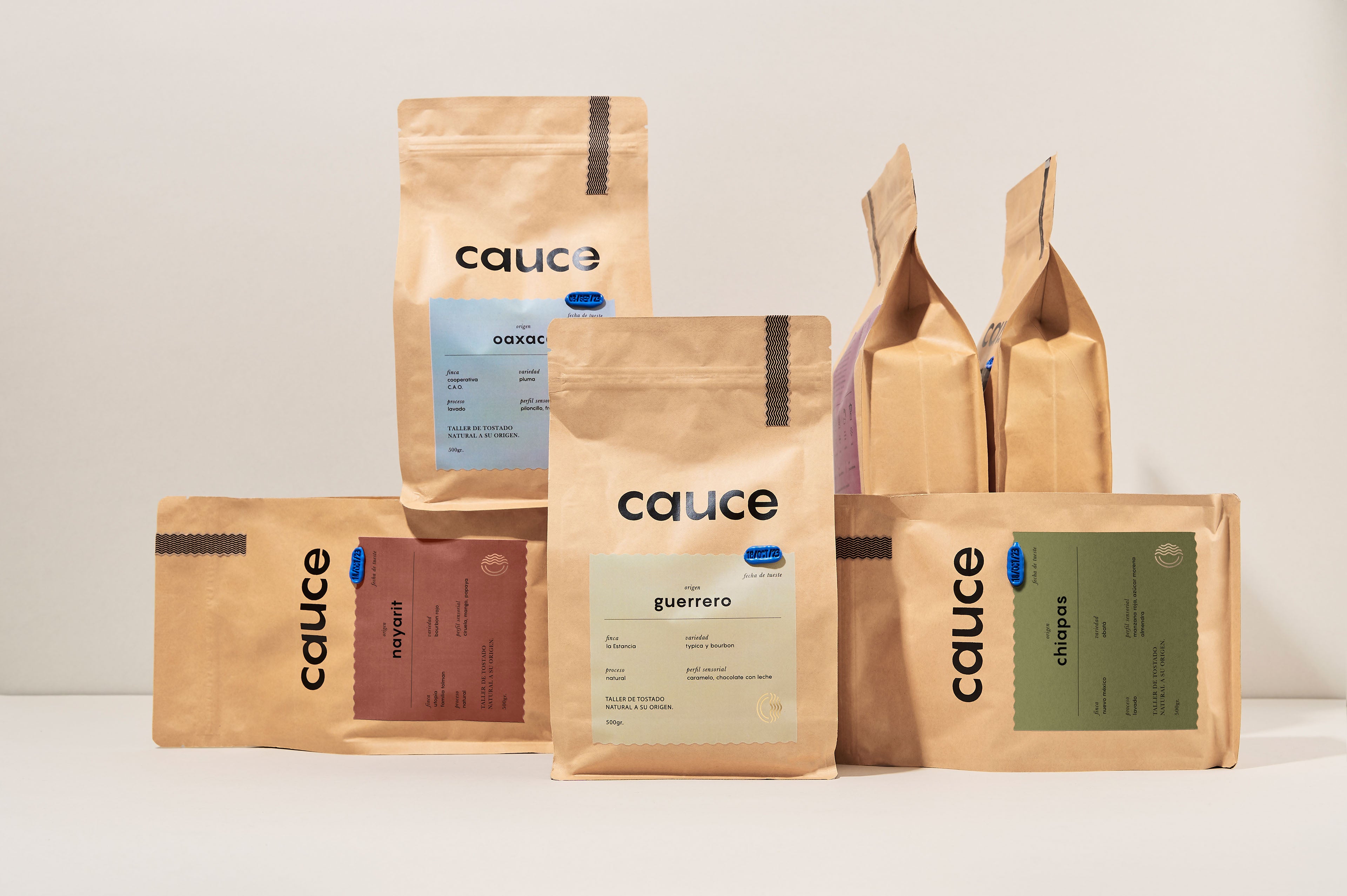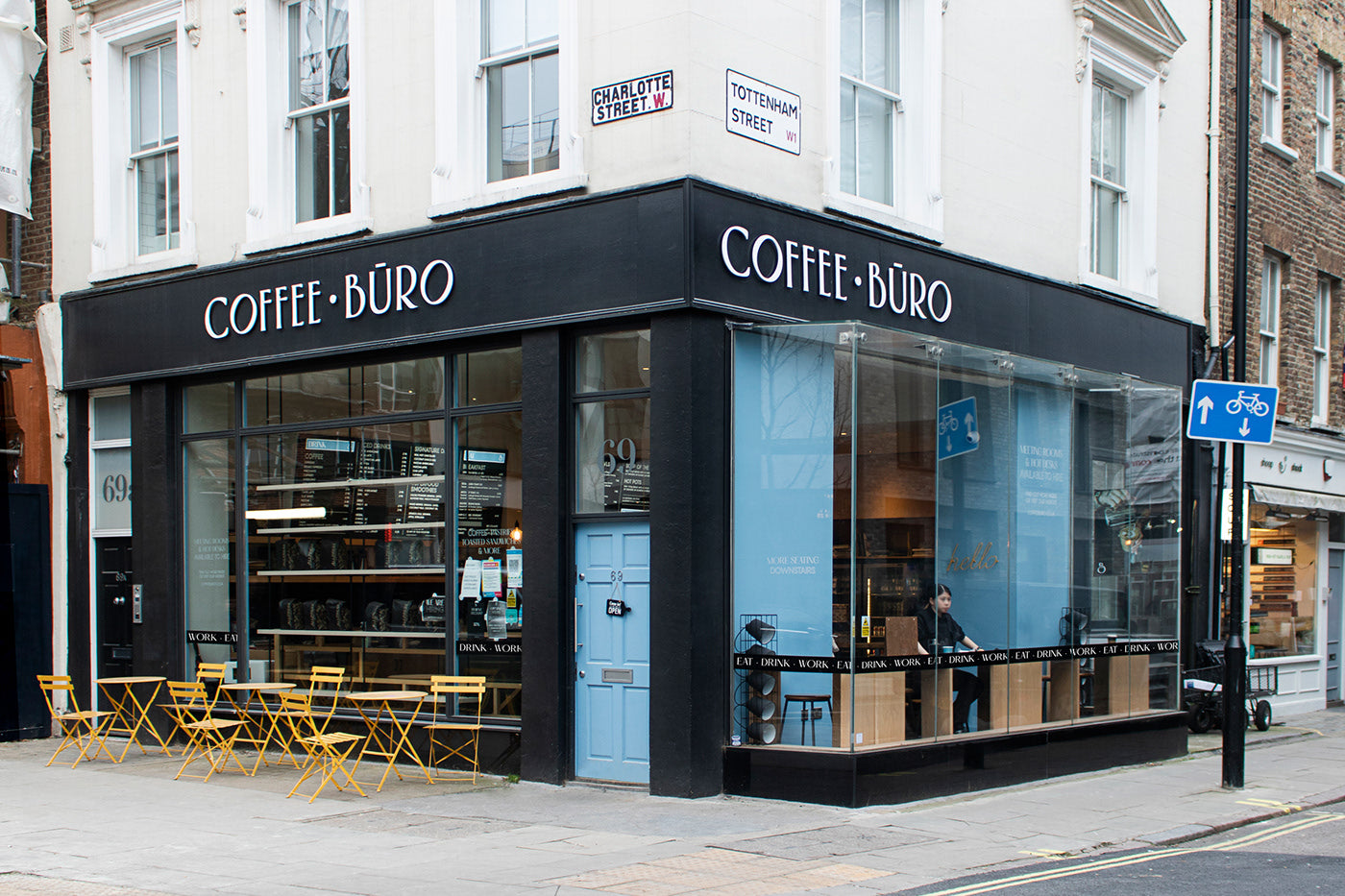Pangram Sans Compressed
From laid-back recline to sharp italics, this font doesn’t just flex, it pivots.
Free to try
Licenses start at $40

Pangram Sans Compressed style list
24 Styles
01234567
{(!@#$?&)}
01234567
{(!@#$?&)}
- Thin 100
- Extralight 150
- Light 230
- Regular 340
- Medium 470
- Semibold 620
- Bold 760
- Extrabold 900
- Thin Italic 100
- Extralight Italic 150
- Light Italic 230
- Regular Italic 340
- Medium Italic 470
- Semibold Italic 620
- Bold Italic 760
- Extrabold Italic 900
- Thin Reclined 100
- Extralight Reclined 150
- Light Reclined 230
- Regular Reclined 340
- Medium Reclined 470
- Semibold Reclined 620
- Bold Reclined 760
- Extrabold Reclined 900
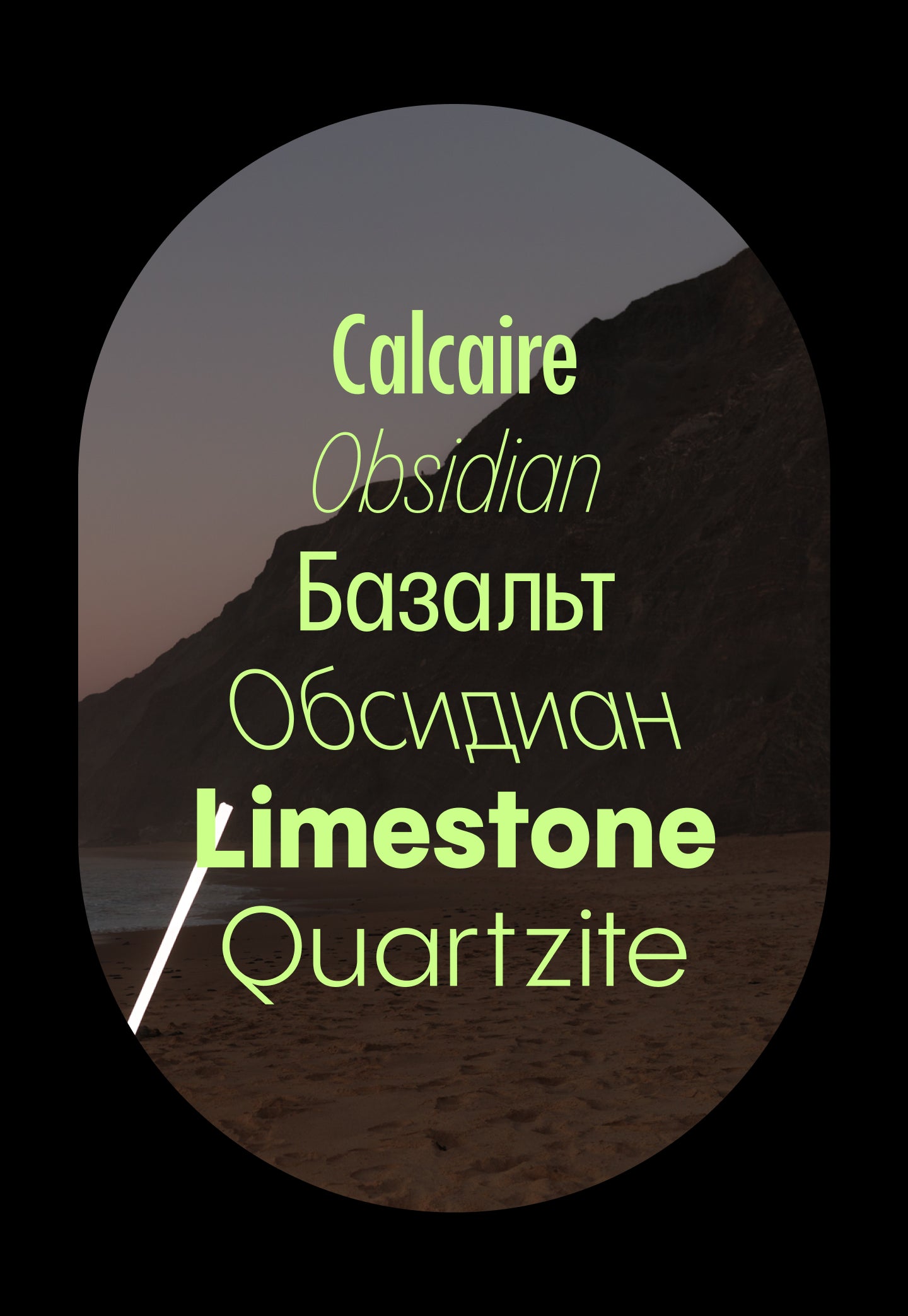
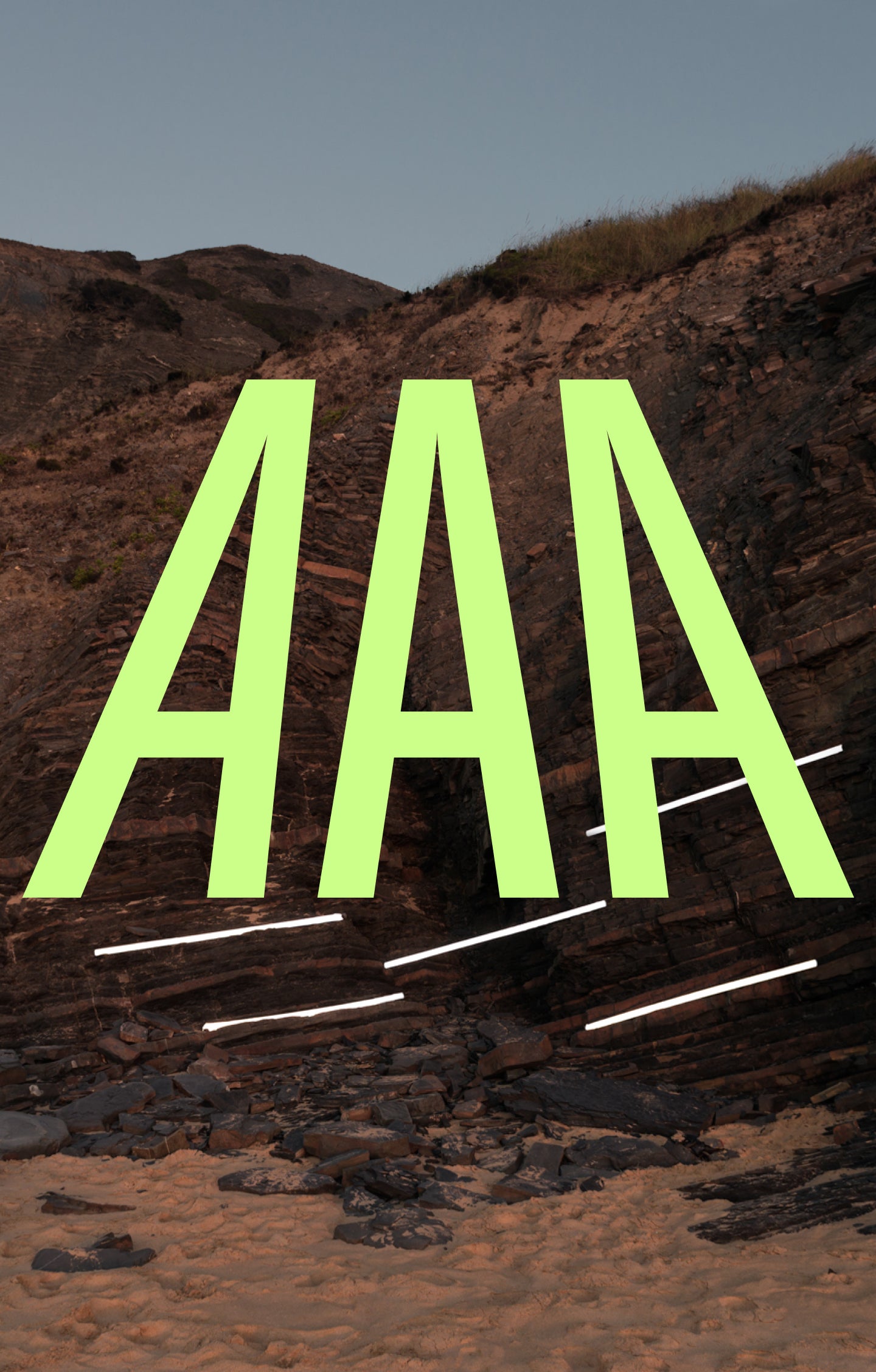


Pangram Sans
Compressed Family
Glyphs set overview
Glyphs set overview
Glyphs View

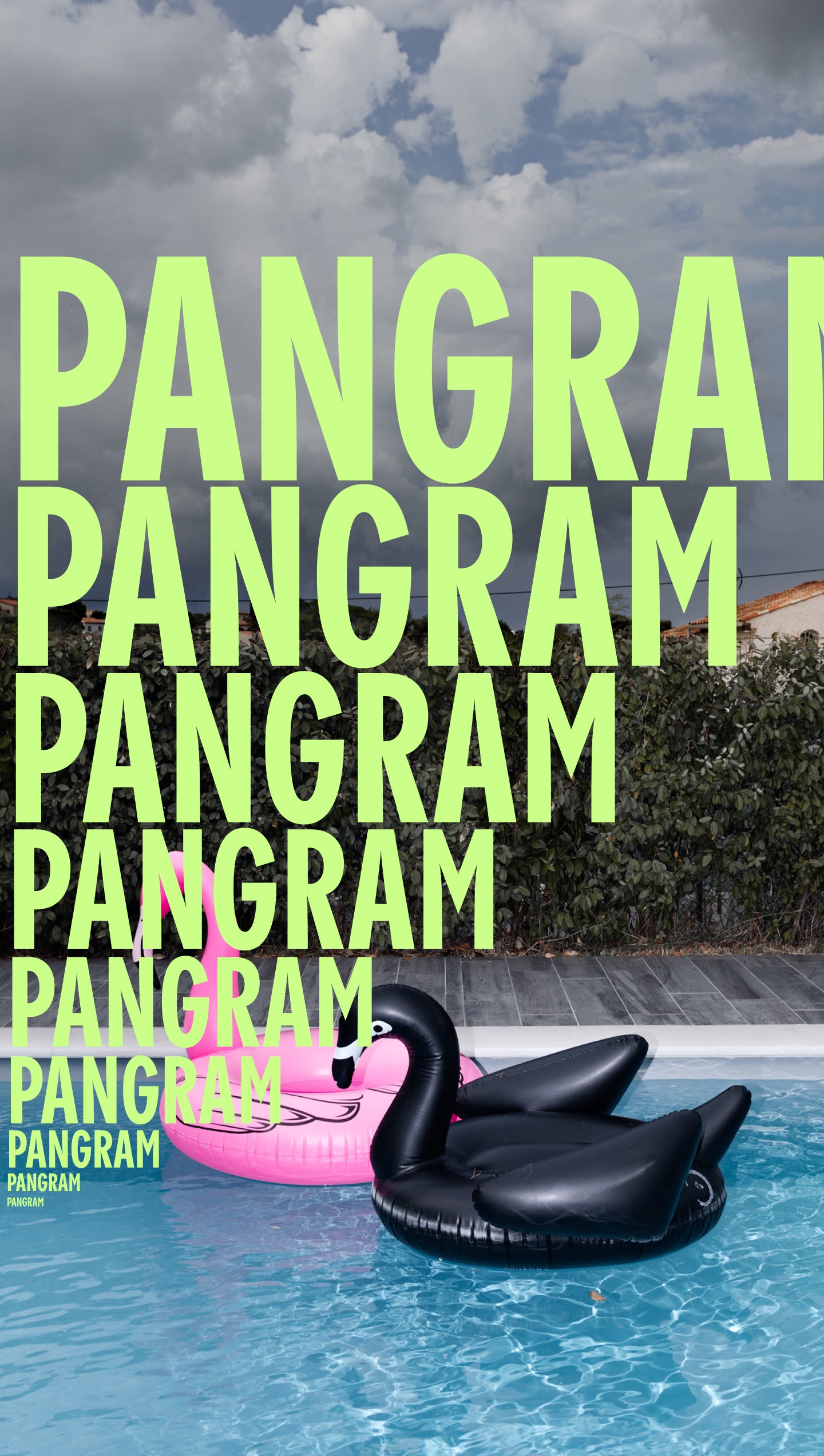
Pangram Sans Compressed's Features


Clean. Confident. Consistent.
Pangram Sans is a powerful and extensive geometric workhorse. It was designed to be as bold and intense as it can be subtle and flexible
We took this free to try geometric sans to a whole new level with a fully variable slanting, from Reclined to Italic. It also includes support for the Cyrillic Alphabet. Inspired by some of the greatest geometric typefaces this complete font family will surely be your next “go to” font to uplift your designs.
Designers
Categories
- Cyrillic
- Geometric
- Italics
- Sans Serif
- Variable
Styles
- 24 Styles
24 Styles with 772 Glyphs each
Including Italic and Cyrillic Support
Version
2.40
Latest update: March 2021
Available formats
OTF, TTF, WOFF, WOFF2
Language Support
Bosnian, Bulgarian, Chechen, Macedonian, Russian, Serbian, Afrikaans, Albanian, Asu, Basque, Bemba, Bena, Breton, Catalan, Chiga, Colognian, Cornish, Croatian, Czech, Danish, Dutch, English, Estonian, Faroese, Filipino, Finnish, French, Friulian, Galician, Ganda, German, Gusii, Hungarian, Inari Sami ... (and more)
Commercial Licenses
Not sure what to get? Or can’t find the right coverage?
Please contact us for our tailored corporate licenses!
Need more information about our licenses?
Our FAQ usually contains most of the answers.
Explore the Pangram Sans sub-families by clicking on the cards below.
6 Sub-Families

